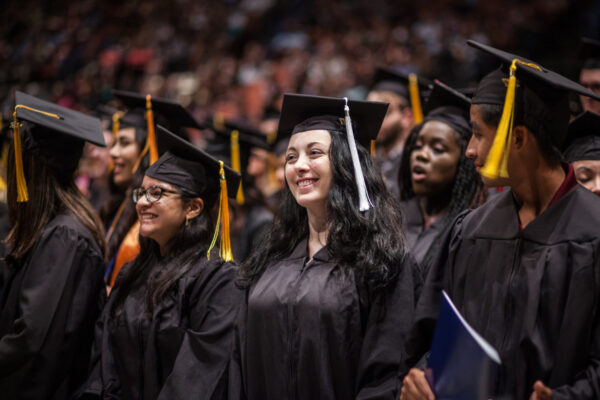Mental Health Supports Are Key in in Community College Student Success
Title: Challenges and Opportunity: An Examination of Barriers to Postsecondary Academic Success
Authors: Sade Bonilla and Veronica Minaya
Source: Annenberg Institute at Brown University
Community colleges are a critical component of the U.S. higher education system, providing access to students from traditionally underserved communities. While they are a vital entry point to postsecondary education, community colleges face lower levels of completion compared to four-year institutions, stemming from educational, economic, and social inequities that persist among low-income and first-generation students.
The Annenberg Institute launched a descriptive study to examine the relationship between academic success and students’ time utilization, campus engagement, financial and mental well-being. The study focuses on community college students and finds that a nationwide increase in adverse mental health among college students intersects with high rates of food and housing insecurity.
The report emphasizes the significance of mental health factors as a barrier to academic attainment and suggests that facilitating access to mental health supports is a prominent avenue for supporting student engagement and success.
The study investigates how academic support can tackle adverse student mental health and increase engagement. It argues that students and institutions are equally responsible for students’ persistence despite hardships. This theory rests on the idea that the level of learning and effort linked to academic success is directly tied to a sense of community and social integration within a campus. Accordingly, community colleges with more student activities often find higher levels of student success.
Additionally, the study examines how financial resources influence student success. Food, housing, and financial insecurity remain pervasive issues that affect first-generation, low-income students’ ability to complete college. Nearly 40 percent of community college students were low-income in 2020, and 31 percent of these students were living at or below the federal poverty line.
Not only does students’ inability to access basic needs harm their physical health and well-being, but it also has negative implications for their academic performance. The need to prioritize basic needs leads to a limited bandwidth for students to focus on academics. The study argues that integrating basic needs resources for students is part of combating student mental health.
To read the full report and access more information, please click here.
—Eliza Gonzalez
If you have any questions or comments about this blog post, please contact us.


